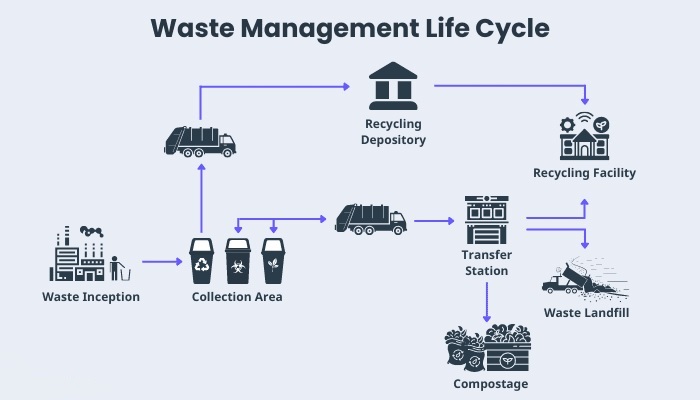
Water is a precious resource that sustains life, and yet it’s often wasted due to inefficient storage practices. With growing concerns over water scarcity, it’s essential to adopt better storage techniques to reduce wastage and ensure a sustainable future. Here are some effective strategies to minimize water wastage through improved storage practices.
1. Invest in Quality Storage Tanks
Choosing the right storage tanks is crucial for minimizing water wastage. High-quality tanks made from durable materials, such as stainless steel or high-density polyethylene, can prevent leaks and contamination. Ensure that the tanks are properly sealed and regularly maintained to avoid any water loss. Additionally, consider installing tanks with UV-resistant coatings to protect the water from harmful sunlight, which can cause algae growth and spoilage.
2. Optimize Tank Placement
The location of your storage tanks plays a significant role in reducing water wastage. Place the tanks in shaded areas to minimize evaporation, especially in hot climates. Elevating the tanks can also help in maintaining water pressure and preventing leaks. If possible, install tanks underground or in insulated areas to keep the water at a consistent temperature, reducing the need for frequent refilling.
3. Implement Rainwater Harvesting
Rainwater harvesting is an excellent way to supplement your water supply and reduce dependence on municipal sources. Install rain gutters and downspouts to collect rainwater from rooftops and channel it into storage tanks. Ensure that the tanks have proper filtration systems to remove debris and contaminants. By capturing and storing rainwater, you can reduce water wastage and make better use of this natural resource.
4. Regular Maintenance and Inspections
Routine maintenance and inspections are essential to prevent water wastage. Regularly check for leaks, cracks, and corrosion in storage tanks and pipes. Replace worn-out components and fix any issues promptly to avoid significant water loss. Additionally, clean the tanks periodically to remove sediment and prevent contamination. Proper maintenance ensures that the storage system operates efficiently and minimizes wastage.
5. Use Smart Water Management Systems
Modern technology offers smart water management systems that can help reduce water wastage. These systems use sensors and automation to monitor water levels, detect leaks, and optimize usage. Install smart meters and controllers to track water consumption and identify areas where wastage can be reduced. By leveraging technology, you can ensure efficient water storage and minimize unnecessary loss.
6. Educate and Raise Awareness
Education and awareness play a vital role in reducing water wastage. Inform your household or community about the importance of conserving water and adopting better storage practices. Share tips and best practices on how to maintain and optimize storage systems. By fostering a culture of water conservation, you can encourage responsible usage and reduce overall wastage.
7. Implement Water Recycling Systems
Water recycling systems can significantly reduce wastage by treating and reusing water for non-potable purposes. Install greywater systems to collect and treat water from sinks, showers, and laundry, and use it for irrigation or flushing toilets. By recycling water, you can minimize the demand on freshwater sources and make better use of available resources.
In conclusion, reducing water wastage through better storage practices is essential for sustainable water management. By investing in quality storage tanks, optimizing tank placement, implementing rainwater harvesting, conducting regular maintenance, using smart water management systems, educating others, and recycling water, we can make a significant impact on water conservation. Adopting these strategies will not only help preserve this precious resource but also contribute to a more sustainable and resilient future.


